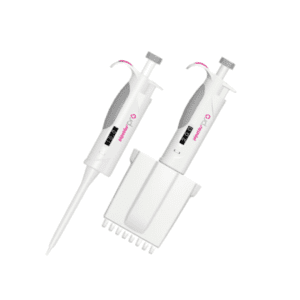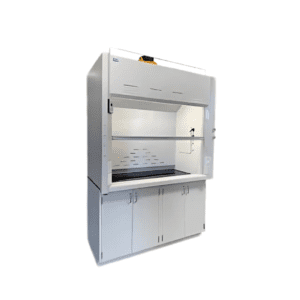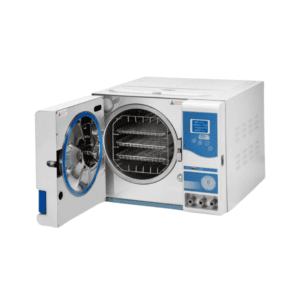Centrifuges
Description
A centrifuge is a pivotal piece of laboratory equipment designed to separate mixtures based on density differences through rapid rotational motion. Operating on the principle of sedimentation, centrifuges apply centrifugal force to accelerate the natural settling process of particles suspended in a liquid medium. This mechanism enables the efficient separation of components such as blood cells from plasma, purification of nucleic acids, and isolation of subcellular organelles.
There are various types of centrifuges tailored to specific applications:
- Microcentrifuges : Ideal for small-volume samples, commonly used in molecular biology for tasks like DNA/RNA precipitation
- Benchtop Centrifuges : Versatile instruments suitable for routine laboratory procedures, including the separation of biological samples and chemical precipitates.
- High-Speed Centrifuges : Capable of reaching speeds up to 25,000 rpm, these are employed for more demanding applications requiring higher centrifugal forces.
- Ultracentrifuges : Exceeding speeds of 100,000 rpm, they are utilized for separating very small particles, such as viruses and ribosomes, and for performing density gradient separations.
Key considerations when selecting a centrifuge include rotor type (fixed-angle or swinging-bucket), maximum speed (rpm), relative centrifugal force (RCF), and sample capacity. Proper maintenance and adherence to safety protocols are crucial to ensure the longevity of the equipment and the safety of laboratory personnel. Regular calibration, rotor inspection, and balancing of sample loads are essential practices to prevent mechanical failures and ensure reliable results.
In summary, centrifuges are indispensable tools in the scientific community, offering rapid and efficient separation of components, thus facilitating advancements in research, diagnostics, and various industrial processes.






